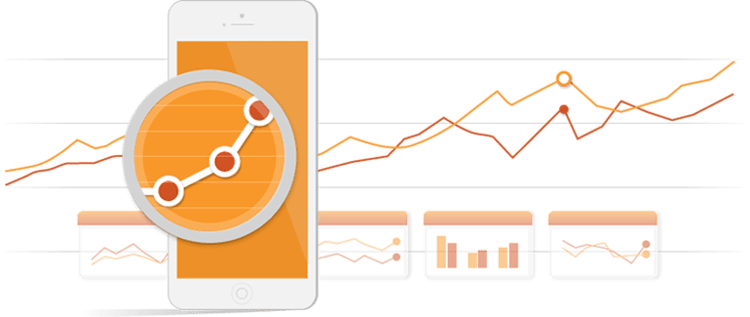Blog and News > industry > Amazon and the Evolution of Analytics
Amazon and the Evolution of Analytics
If there’s one company that has definitely led the way when it comes to analytics and retail, it is Amazon. Jeff Bezos, the CEO of Amazon, once said that what is dangerous is to “not evolve”, and you can see this in everything that Amazon does, from their retail business to their media dealings and their technology services.

The complex product recommendation offerings and mailing list services offered by Amazon are some of the most impressive in the world. They first started out with basic measurement - the kind of traffic counting and simple tracking that webmasters use when they are just getting started with their websites.
It did not take long, however, for them to add more complex reporting. In the world of retail, knowing how many people are browsing your site is only half the battle. Amazon likes to track orders, revenue, average order value and even loss-leaders. There are many products on the Amazon store these days that would be cost-prohibitive for them to sell by themselves but that prove popular when offered with other items. Amazon offers those products because they know that they bring back repeat customers and make them more money than they lose in terms of storage, shipping and overheads.
With the right analytics tools, Amazon have managed to reduce cart abandonment rates, bring people back to complete purchases if they do leave the website, up-sell and cross-sell various products and bring shoppers back for new items when they are released. The interest tracking on Amazon’s store is among the best in the industry and something that more and more platforms are trying to emulate. eBay’s Magento store, for example, has some sophisticated related product search features now thanks to some powerful plugins, and there are similar plugins for the WooCommerce platform too.
Big data and detailed analytics were once reserved for only the most sophisticated of platforms, but today similar data analysis can be done on almost any web server or, indeed, when using Amazon’s own EC2 cloud computing platform. Thanks to the scalable nature of this platform, you can perform complex computing tasks on demand without having to invest in expensive hardware yourself. This means that even small businesses can take advantage of the power of big data to improve the quality of the service they offer to their customers and also improve their conversion rates.
Tim